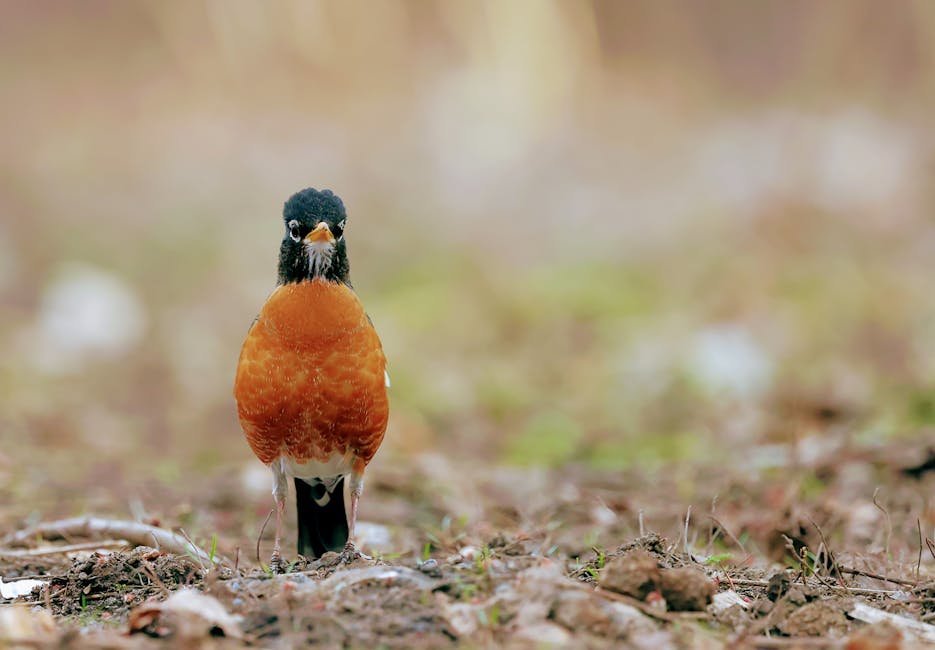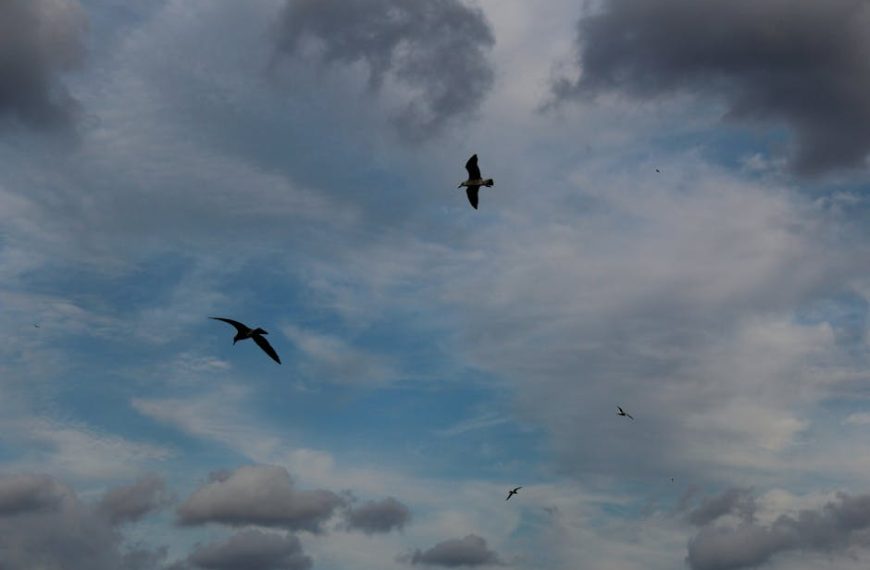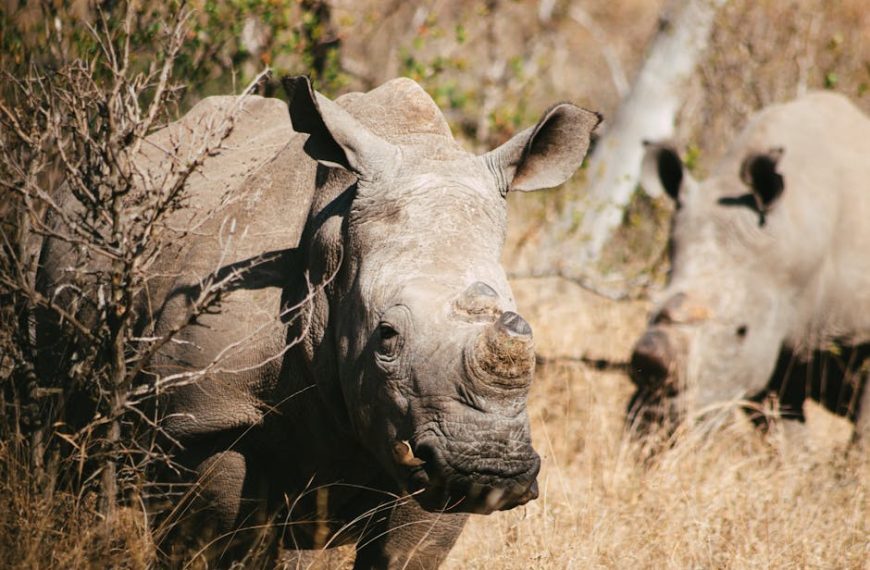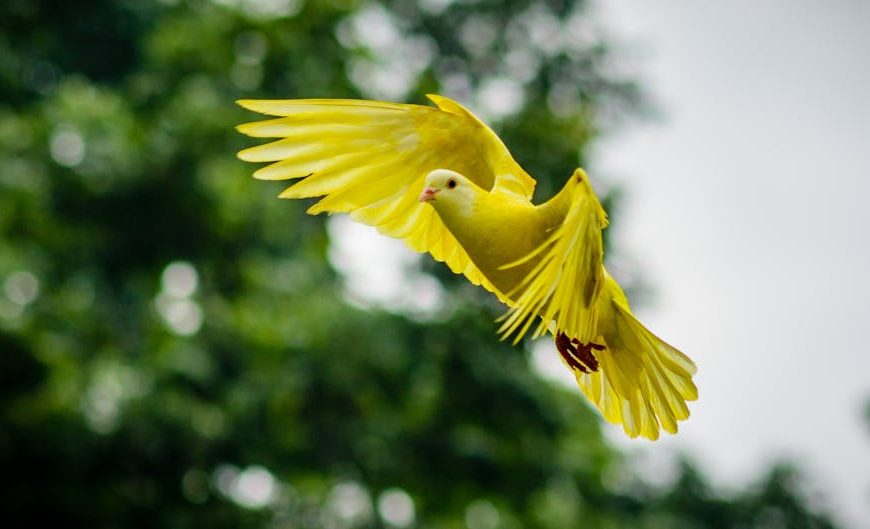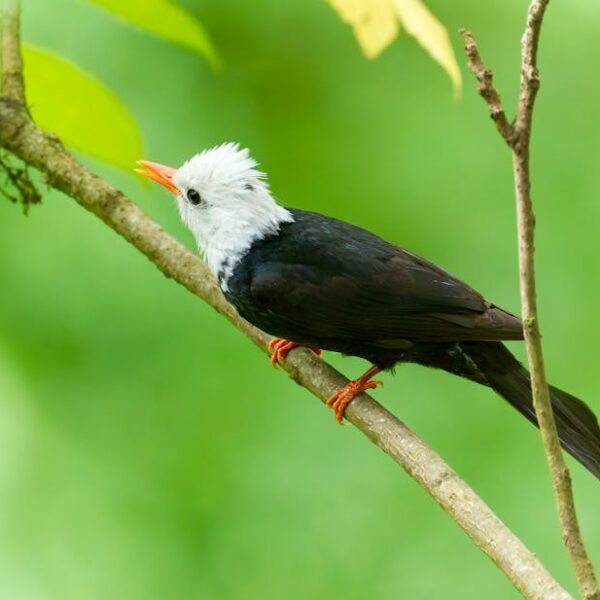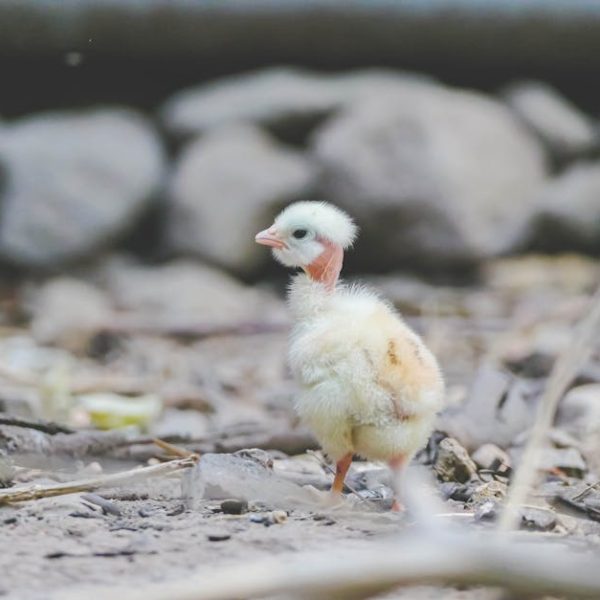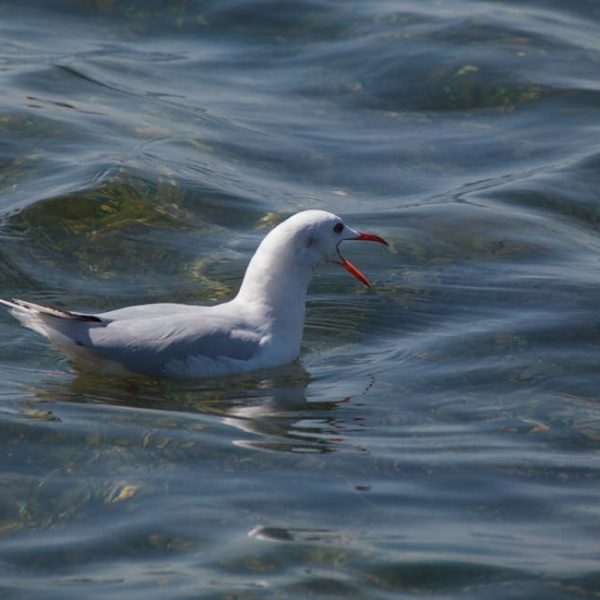As winter returns every year, many bird species embark on awe-inspiring journeys to warmer locations, flying hundreds, even thousands of miles to reach resource-rich environments. Among the many migratory birds, the American Robins, Rufous Hummingbirds, Red Knots, Arctic Terns, and Swainson’s Hawk stand out with their distinctive patterns and vast migratory routes. This article explores the migration habits of these top birds, detailing their journey, the reasons behind their relocation, and best practices for spotting and conserving these remarkable species.
American Robins and Their Spectacular Migration
One of the most common birds in North America, American Robins are recognised by their red-to-orange breast, brown back, and round silhouette. Although known as a harbinger of spring, sightings of robins in winter are not unheard of. American Robins migrate in large flocks, and their decision to migrate is dictated more by food availability than temperatures.
Pro Tip: Spot the migratory flocks of American Robins in citrus-producing regions like Florida and along the Gulf Coast which offer abundant fruit supplies. - Notable features of American Robins:
– Size: 9-11 inches.
– Distinct colour: Bright red-orange breast.
– Number: Migrate in large flocks.
Rufous Hummingbirds: The Long-Distance Migrators
Known as the bird world’s super migrants, the Rufous Hummingbirds embark on an astonishing 4,000-mile journey from their winter home in Mexico to their breeding grounds in Alaska. These tiny birds, weighing no more than a nickel, follow a circular migration route to take advantage of blooming flowers along the way.
- Comparison: Rufous Hummingbirds vs. other migratory hummingbirds:
Other hummingbirds migrate straight north and south, while the Rufous Hummingbirds migrate in a circular path.
- Best Practice: To assist the Rufous Hummingbirds during their migration, provide feeder stations filled with a sugar-water mixture throughout their migration season.
Exploring the Migration of Red Knots
Red Knots are extraordinary migratory shorebirds known for their powerful flight and amazing endurance. They embark on one of the longest migratory journeys in the animal kingdom, covering over 9,000 miles from the Arctic to the southern tip of South America.
- Red Knots vs. other bird species on migration distance: The Red Knot has one of the longest migration routes of any bird species, only surpassed by the Arctic Tern. – Checklist: Essential adaptations for Red Knot’s long-distance migration include:
– Sleek, streamlined bodies for efficient flight.
– Long, pointed wings to cover long distances.
– Ability to sleep while flying to conserve energy.
The Arctic Terns: The Globetrotters of Bird’s World
Even among expert migrators, the Arctic Tern stands out with its astonishing trans-global journey. These birds make an annual round trip from their Arctic breeding grounds to the Antarctic and back – a journey that spans an amazing 25,000 miles. These small seabirds have adaptations like light body and long wings that allow such long-distance travels.
- Pros and cons of Arctic Terns’ long-distance migration:
– Pros: Access to non-stop daylight and plentiful food resources in the polar regions.
– Cons: Long flight distances expose the birds to extreme weather conditions and predators.
Pro Tip: Arctic Terns can be spotted along coastal areas throughout North America during their migration.
Swainson’s Hawk: The Bird with Remarkable Migration Strategy
The Swainson’s Hawk, known as the “grasshopper hawk” is a species that uses an intriguing strategy for its migration. These birds travel in large groups, soaring on thermal currents and thus conserving energy during their massive 8,000-mile journey from North America to Argentina.
- Comparison with other Hawk species:
– Swainson’s Hawks will travel an average distance of 8,000 miles, while other Hawks for instance, the Red-Tailed hawk, only migrate up to 1,000 miles.
- Best Practice: Conserve Swainson’s Hawks by preserving their habitat, reducing pesticide use that can poison their food sources and supporting bird-friendly agricultural practices.
These intriguing bird species represent the resilience and adaptability that Mother Nature endows in her creatures. Their remarkable migration journeys, stretching thousands of miles, are a true testament to their survival and evolutionary strategies. Being aware of their struggles and contributing in any small way towards their conservation can be a significant contribution to preserving our natural world.
Key Takeaway:
- Birds like the American Robins, Rufous Hummingbirds, Red Knots, Arctic Terns, and Swainson’s Hawk undertake daring migration journeys from north to south with varying lengths and patterns.
- Their decision to migrate is typically based on food availability rather than temperature changes.
- Their migration paths often involve circular routes or long-distance travels to exploit peak resources in multiple regions.
- Bird species use unique strategies during migration, such as travelling in large flocks, conserving energy by soaring on thermal currents, and adapting physiologically for long-distance flight.
As we sight and appreciate these amazing bird species, let’s remember the physical challenges they undertake each year. Their extraordinary journeys signify resilience, adaptability and true survival tactics. Let’s support the protection of these beautiful creatures by aiding their migration in any way we can and promoting bird-friendly practices.
FAQs
Q: Do all birds migrate?
A: No, not all bird species migrate. Migration is largely dependent on the bird species’ ability to access food and breeding grounds across different seasons.
Q: Why can’t birds stay in one place all year round?
A: Birds migrate primarily due to availability of food and suitable breeding conditions, which might not be available in one place throughout the year.
Q: How do birds know where to migrate?
A: Birds have an innate sense of direction built into their genetic code, which guides them during migration. They also use landmarks, stars, and the Earth’s magnetic field for navigation.
Q: How can I help migratory birds during their journeys?
A: You can help these birds by setting up bird feeders, providing water, reducing window collisions, and promoting bird-friendly practices within your community.
Q: Do changes in climate impact bird migration?
A: Yes, changes in climate can lead to shifts in bird migration timing and routes. Changes in food availability and breeding can impact bird populations in significant ways.
We encourage you to share this article and discover more posts about our fascinating natural world on our website.
